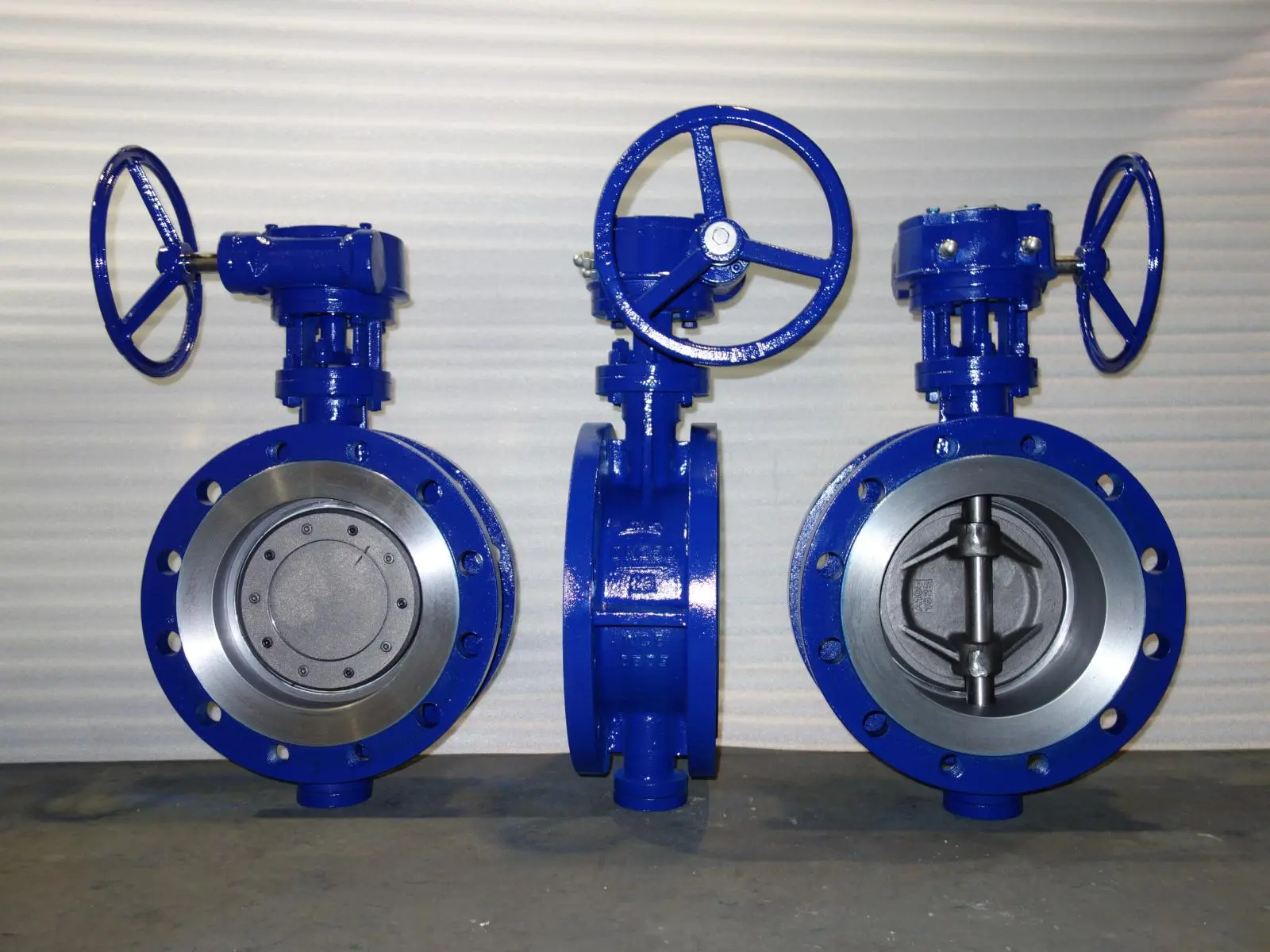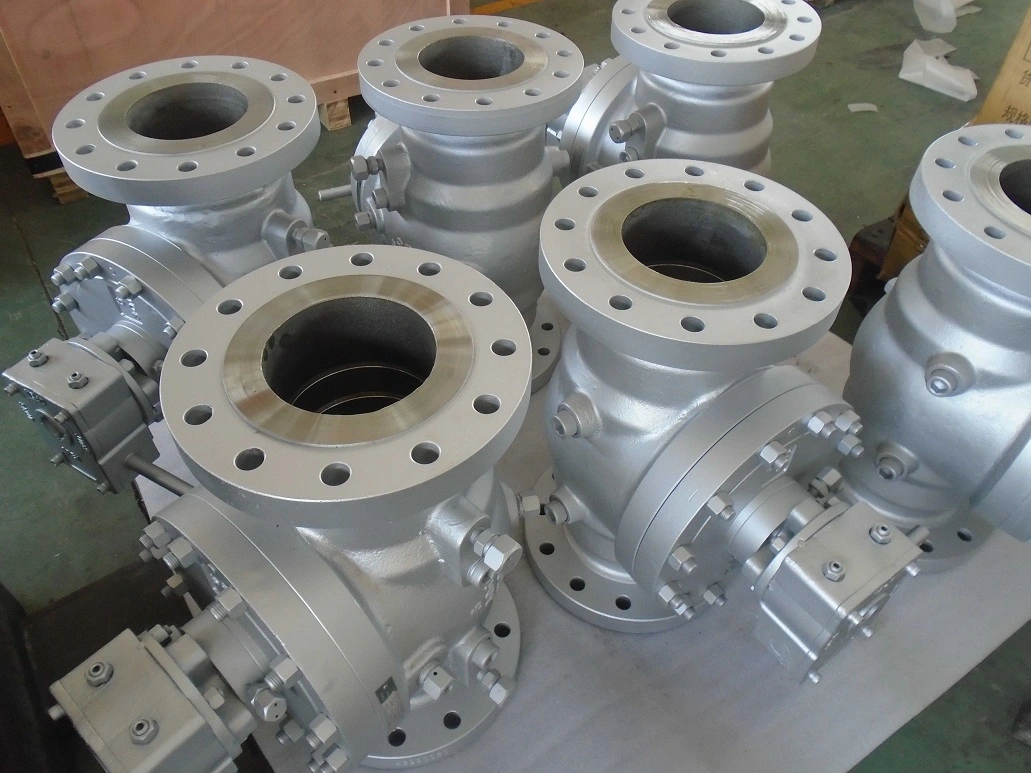Ball Valves are also connected to the handle or actuator of the rotating valve shaft, but unlike butterfly valves, they contain a spherical ball with a hole drilled in one direction to block or release flow. Rotating one half of the drilled ball toward the material releases the flow while blocking the solid side of the ball toward the material.
Butterfly valve: Applications and Advantages
Butterfly valves are commonly used to regulate the flow of gases, liquids or slurries. Because they can be designed with reference to specific pressure requirements and usage patterns, they are widely used. Some of the more common applications include: water, air, gas cooling; fire protection; food and beverage production; chemical processing; pharmaceutical industry; slurry services; throttling; vacuum services.
Butterfly valves offer many advantages over other flow management solutions, including:
Speed
The butterfly valve opens quickly compared to a multi-turn valve. The ability to remotely control them also saves time because the user does not need to go to each valve position.
Affordability
Butterfly valves are less expensive than most other types of valves due to their low material density.
Size
Because the butterfly valve assembly is smaller than other valves, it is ideal for applications where space requirements are small.
Damper
Butterfly valves are ideal for applications that require continuous throttling of liquids, gases or slurries.
Low maintenance
Butterfly valves tend to require little maintenance and most have a long service life.
Easy installation
Butterfly valves are generally easier to install than other valves.
Leakproof
The combination of automated speed and standard tight sealing of the butterfly valve virtually eliminates waste or leakage.
Ball valves: Applications and Benefits
Ball valves are used in liquid and gas applications where tight sealing is required. Like butterfly valves, they can be used for a variety of purposes. Ball valves are becoming more popular in many industries because of their better control performance. Their applications include: chemical treatment; life sciences; high pressure; high temperature; food and beverage production; measurement and control; utilities; water cooling; drains and vents.
Ball valves have many advantages over manually operated ball or butterfly valves, including:
Speed
The ball valve can be opened and closed faster than a multi-turn valve. The ability to remotely control them also saves time because the user does not need to go to each valve position.
Multiport
Applications that require superior control can benefit from the control provided by the multi-port automatic ball valve.
Long lasting
Ball valves are designed to withstand the strong pressures of industrial applications. To extend product life, many valves also allow parts to be replaced during maintenance.
Simple
Automatic control of the ball valve at a single control point simplifies operation and simplifies existing processes.
Leakproof
The combination of automated speed and standard tight seals for ball valves virtually eliminates waste or leakage.
The whole process
In the absence of a flow barrier, the ball valve provides a higher flow rate than the butterfly valve.


